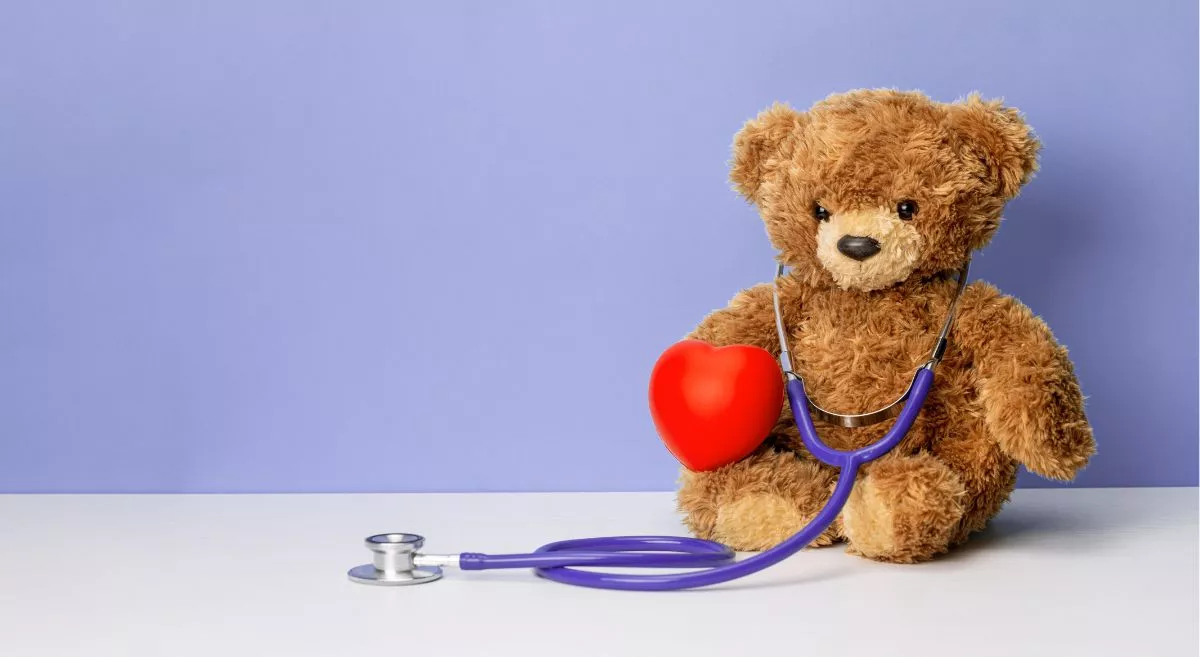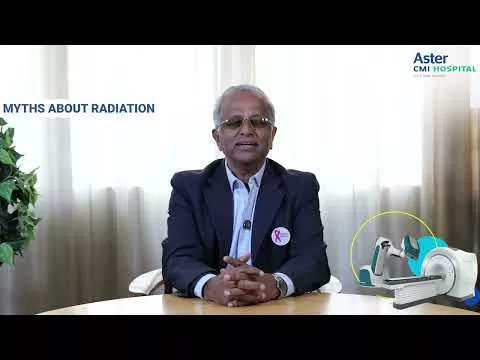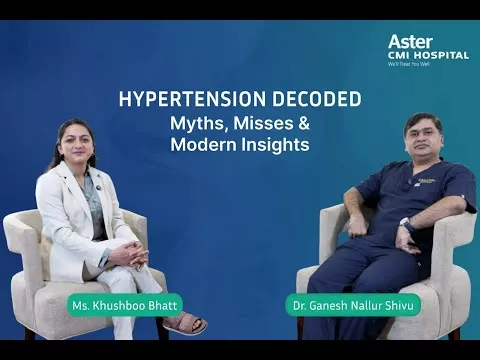Children are curious, active, and full of surprises—which makes them more prone to accidents and sudden illnesses. In those critical minutes before you reach medical help, your actions as a parent or caregiver can make a significant difference. This blog highlights some of the most common pediatric emergencies and offers guidance on how to respond appropriately before reaching the hospital. If you are looking for a Child Care Hospital in Hebbal Bangalore, it is essential to know the nearest facility and emergency contacts in advance.
Common Pediatric Emergencies and Immediate Responses
1. Choking
What to Look For:
- Inability to cry or cough with objects/food inside mouth and/or
- Clutching the throat, bluish skin, or loss of consciousness
What to Do:
- Call emergency services immediately. Don’t do a bling sweep by fingers
- For infants under 1 year: Perform five back blows followed by five chest thrusts.
- For children over 1 year: Perform the Heimlich maneuver.
If the object is not expelled or the child becomes unresponsive, start CPR
2. Seizures
What to Look For:
- Sudden tightening of limbs, eye-rolling, unresponsiveness with drooling of saliva
What to Do:
- Place the child on their side on a flat surface with clear surroundings
- Do not restrain the child or put anything in their mouth.
- Time the seizure—seek emergency help if it lasts more than 5 minutes or if it is the child’s first seizure.
3. High Fever
What to Look For:
- Body temperature above 104°F
- Associated symptoms like lethargy, irritability, or rash
What to Do:
- Keep the child cool with light clothing and ensure hydration.
- Administer paracetamol (as per your doctor’s advice).
- Seek emergency care if symptoms worsen or if the child becomes less responsive.
4. Head Injuries
What to Look For:
- Vomiting, dizziness, not acting self, unconsciousness, or blood or clear fluid from ears/nose, swelling or deformity
What to Do:
- Apply compression over injury to stop any bleeding.
- Keep the child awake and under observation.
- Visit the ER immediately if above signs are present.
5. Allergic Reactions
What to Look For:
- Swelling of the face, lips, or tongue
- Hives, difficulty breathing, or fainting, abdominal pain or vomiting
What to Do:
- If available, administer an epinephrine auto-injector.
- Call for emergency assistance and keep the child lying down until help arrives.
- Do not remove any bee-stinger by pinching the sting
6. Scald injuries
What to Look For:
- Redness swelling or blebs in the skin or blackish discoloration
What to Do:
- Stop the burning process as soon as possible
- Remove any jewelry near the wound. Never apply tooth paste, butter or greasy substances
- Cool the burn site with cool or lukewarm running water and cover with clean nonstick dressing
- Get to the hospital
Why Trust Aster CMI Hospital in a Pediatric Emergency
At Aster CMI Hospital, we believe that emergency care for children must be fast, precise, and comforting. Our Pediatric Emergency Department is backed by:
- A dedicated pediatric ER team
- 24/7 access to imaging and diagnostic support
- On-site Pediatric ICU (PICU) and advanced life-saving equipment
- Experienced consultants including Paediatricians & Neonatologists in Hebbal Bangalore ,and other subspeciality experts
We also actively promote parental preparedness through awareness programs and first-aid workshops, ensuring that our community is equipped to respond during emergencies.
Final Thoughts
Emergencies can happen anytime—but knowing how to respond can help reduce risks and improve outcomes. If your child experiences any of the symptoms discussed above, don’t delay. Contact your nearest pediatric emergency provider immediately.
For expert pediatric emergency care in Bangalore, visit Aster CMI Hospital — where every second counts, and every child matters.





